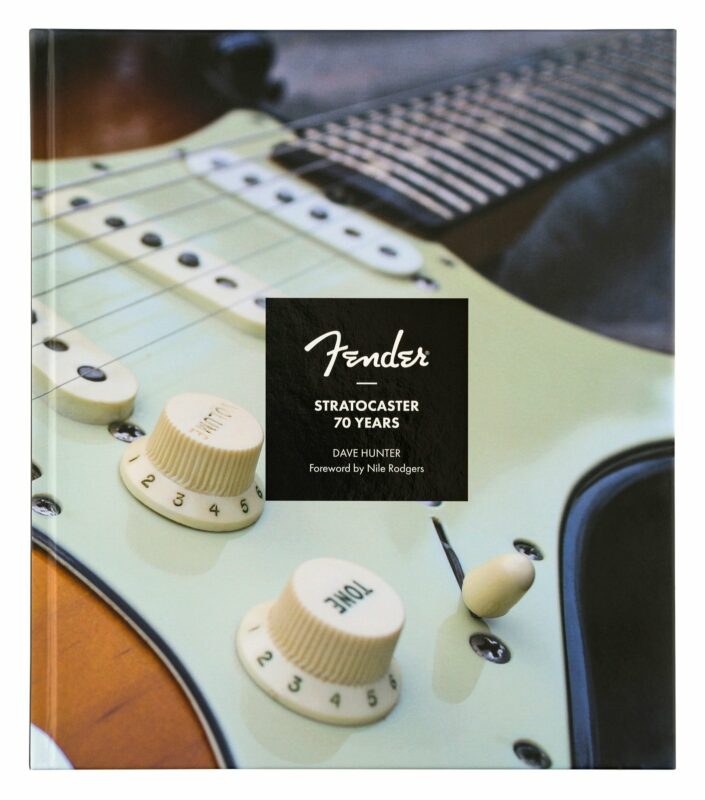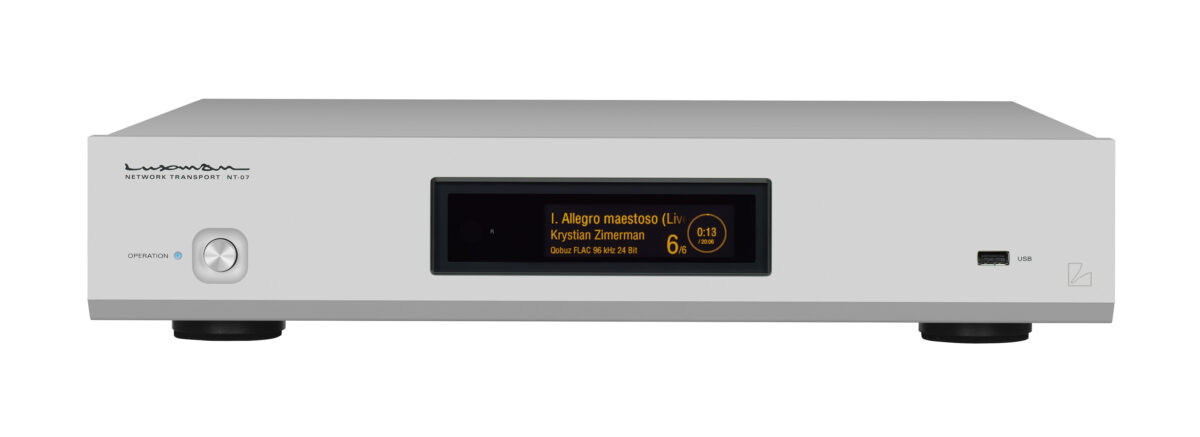
Every few years, like clockwork, Bowers & Wilkins stages a press event to announce, describe, and demonstrate an update to one of its speaker lines. The agenda, honed over time and set in stone because it works so well, has a comfortable familiarity. The sessions are consistently informative; the new products are unfailingly impressive. This year’s rollout of the 700 Series 3 was no exception.
The event took place in early August, when members of the audiophile press convened at Bowers & Wilkins’ parent company Sound United’s Retail Experience Center in Carlsbad, California. No less a personage than Andy Kerr, Bowers’ Director of Product Marketing and Communications, flew in from the UK to personally provide the lowdown on his team’s latest handiwork.
Wanting some context, I asked Andy which product line most embodied the heart and soul of Bowers & Wilkins. Was it the approachable, versatile 700 Series, like BMW and its 3 Series? Or was it the uncompromising, technology-laden 800 Diamond Series, the equivalent of Mercedes and its S Class? Andy unhesitatingly replied that the 800 Diamond Series, with its technological prowess and omnipresence in recording studios worldwide, best encapsulates B&W’s philosophy.
Nonetheless, the 700 Series is of critical importance to the company. These speakers may not have the recording-studio cred of the 800 Series, but they pack as much of the flagship line’s technology as possible into more affordable and décor-friendly models. Further, in addition to audiophiles, the 700 Series is the company’s standard bearer in the home-theater market, which accounts for roughly 50% of the line’s sales. Overall, the penultimate line reaches more people and generates more revenue than the 800s. No wonder B&W was rolling out the red carpet for the latest editions.
The first half of the event was given over to Andy’s detailed description of the differences between the 700 S2 and S3. What became clear was the degree to which the new speakers had inherited technology and refinements from the recently launched 800 Diamond Series 4. For example, to improve cabinet stability and decrease diffraction, the 700 S3 incorporates a mild curve to the front baffle, reminiscent of the flagship line’s “reverse wrap” architecture. Further, as in the 800 D4 line, all 700 S3 drivers (save the top-mounted tweeters found on certain models) are mounted in “pods” that provide mechanical separation between their front surfaces and baffles, which further decreases diffraction.
The drivers themselves have been the subject of painstaking ministrations. Their chassis, motors, coils, and cones have all been examined, analyzed, and upgraded. The tweeter-on-top gets the elongated tube that has proven so effective in the 800 D4 Series. The woofer gets a variable-thickness cone, meant to lower distortion. Even the “biomimetic” spider assembly, made of thermoplastic polymer—a key development introduced in the flagship line—made its way to the equivalent 700 S3 drivers.
The crossovers, too, have undergone revision. They now encompass far more bypass capacitors (sourced from Mundorf) and benefit from beefed-up heatsinks. Even the plinth and spikes are revised heavily. All these improvements are packaged in enclosures that are a treat for the eyes. All the cabinets are beautifully finished and preternaturally slim. Indeed, each model is narrower than its S2 equivalent, which not only further decreases diffraction but also allows the S3 line to fit more easily into living spaces.
Of course, B&W had to save money somewhere, or the 700 S3 wouldn’t be as shockingly affordable as it is. The savings come from two areas. First, you won’t find any expensive diamond-coated tweeters in the 700s; they’re simply too expensive. Instead, the tweeters in the 700 S3 are carbon domed. Second, curved front notwithstanding, these cabinets are still mitered MDF construction. The “reverse wrap” of the 800 D4, which eliminates most parallel surfaces while increasing rigidity, is a costly process that would be untenable at the 700 S3’s price point. I’ll describe the success of these compromises, shortly, but first here’s a rundown on the model lineup:
•707 S3: The entry-level stand-mount/bookshelf model ($1800)
•706 S3: Similar to the 707, but slightly larger and with a bigger low/mid driver ($2200)
•705 S3: Still a two-way standmount, but with the tweeter-on-top ($3400)
•704 S3: The entry-level floorstander is a three-way with a baffle-mounted tweeter ($4000)
•703 S3: Larger than the 704 S3, the 703 S3 features bigger woofers and a tweeter on top ($6000)
•702 S3: Similar to the 703 S3 but with a third woofer and a down-firing port ($7000)
Sonically, two questions always hover over any new 700 Series introduction: 1) how do the new versions fare versus the prior iteration; and 2) how close do the speakers get to their 800 Series counterparts? In Carlsbad, the first question was easy to answer. In well-lubricated fashion, B&W personnel played tracks on a 700 S2 model, swapped in the S3 equivalent, and repeated the track. After doing so for several models in the range—from the smallest stand-mount to the top floorstander—some general conclusions were possible.
For every speaker we heard, the S3 version had significantly more resolution and, in every instance save the 707, also boasted greater low extension than its S2 counterpart. Owing to its petite dimensions, the 707 has limited bass extension in any case. Yet, other differences were obvious. Though, the S2 impressed with a soundstage so broad it extended beyond the edges of the speakers, its imaging was weak. The S3 version cleaned up the imaging, and the soundstage was even more expansive than that of the already excellent S2.
The 705 S2 has always been a huge step up from the 706 and 707. That tweeter on top makes a remarkable difference in air and HF extension; plus, it improves imaging. In Carlsbad, I did detect a slight steely quality to the 705 S2’s sound, which was most apparent on female vocals. In contrast, the 705 S3 offered more—and more natural (less steely)—timbres. There was also the by now familiar increase in resolution, which, among other things, completely transformed piano decays. Further, the S3 sounded like it had almost an extra full octave of bass extension. The 702 S2 vs 702 S3 was the last smackdown, and all the above comments apply. Yet in addition to more ultimate resolution, deeper bass, etc., the 702 S3 impressed with greater rhythmic steadiness.
As for the second question, concerning the new 700 Series vs the latest 800 D4 line, we journalists were left to our collective memories of the latter, as none were offered for comparison. Fortunately, I recently reviewed the 805 D4, the stand-mounted two-way that serves as the entry into the 800 line, and my recollections of its sound were fresh. The equivalent new 700 model is the 705 S3, which, as noted, costs $3400/pair compared to the 805 D4’s $8k/pair. Could the new 705 pass as a “baby” 805 D4?
All in attendance, including myself, agreed that it could. The 705 S3 captures the musical essence and sonic prowess of its superb big brother. Perhaps the tweeter, lacking a diamond coating, was a trifle less smooth. Otherwise, the 705 left nothing to be desired. This was a vivid demonstration of just how much 800 D4 DNA B&W was able to infuse in the new 700 S3 models.
None of this was a surprise. There are never surprises at B&W launch events, only confirmations of what one expects—extensive R&D yielding technical advances, which are integrated gracefully wherever possible and which turn out to be sonically meaningful. Oh, and demos wherein the incoming line soundly trounces the outgoing one. Let’s hope this streak continues.

By Alan Taffel
I can thank my parents for introducing me to both good music and good sound at an early age. Their extensive classical music collection, played through an enviable system, continually filled our house. When I was two, my parents gave me one of those all-in-one changers, which I played to death.
More articles from this editorRead Next From News
See all
The New Sonore opticalRendu Deluxe Has Arrived
- Apr 17, 2024

FENDER STRATOCASTER® 70TH ANNIVERSARY BOOK
- Apr 15, 2024

PowerZone by GRYPHON DEBUTS AT AXPONA
- Apr 13, 2024



















